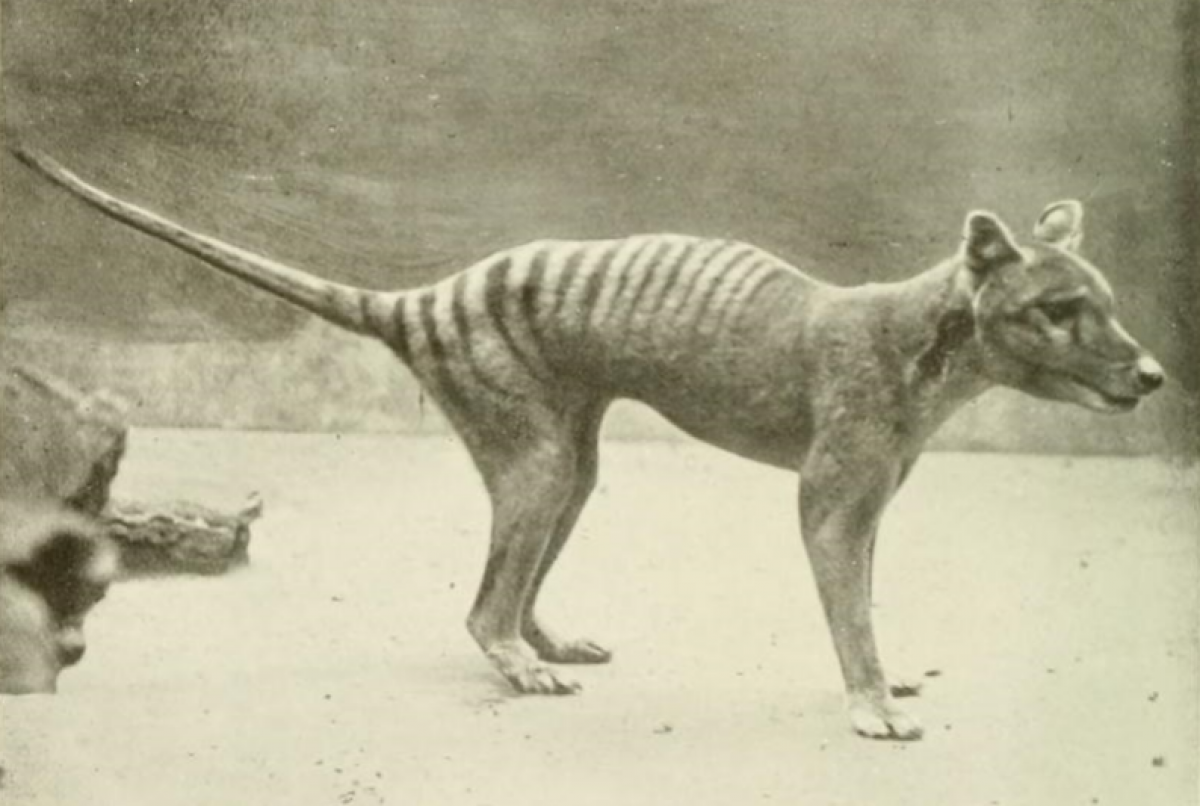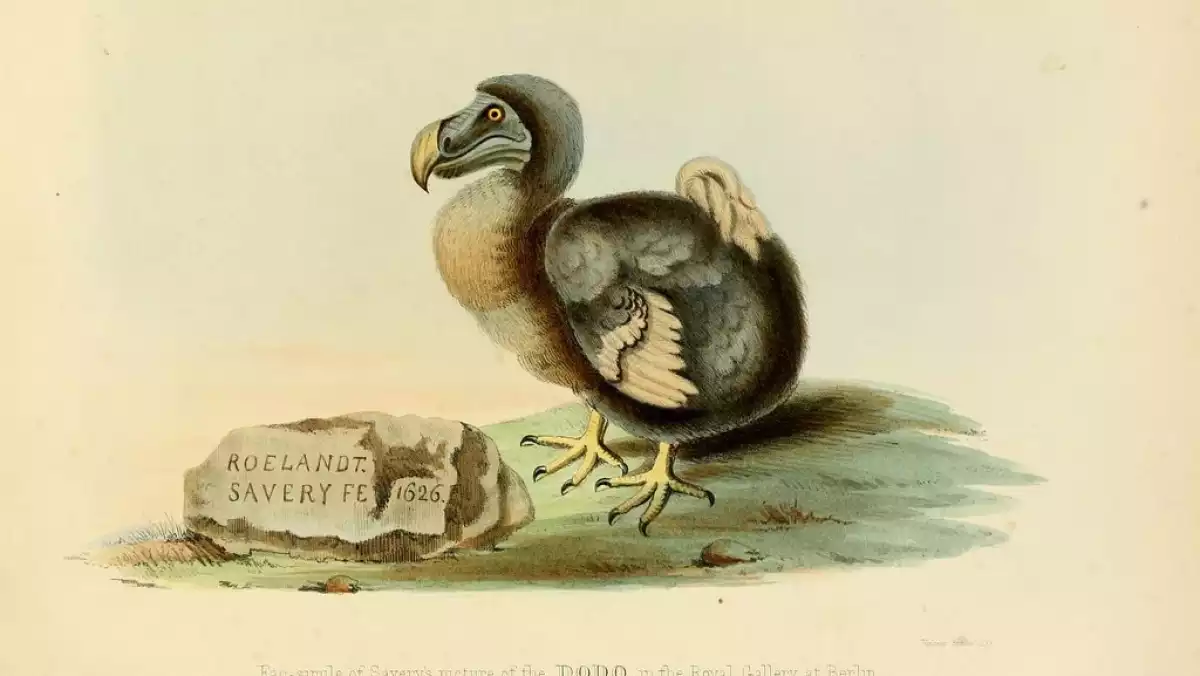
The list of recently endangered animals has grown due to human interference, either directly or indirectly, and species such as the Pyrenean ibex or the Western black rhinoceros have become extinct because of poaching. On the other hand, climate change has also had a profound impact on the Earth's fauna, and the Melomys rodent is an example of the first mammal to go extinct due to climate change.
List of recently extinct animals
We have prepared a list of 10 recently extinct animals, as well as animals who disappeared decades ago - from mammals to bats and all the way down to tortoises.
1. Pyrenean ibex (Bucardo)
Our first entry is a European species indigenous of the mountainous regions of Spain and Portugal.
The bucardo, as it is called in Spanish, or the Pyrenean ibex as the world knows it, is a subspecies of the Iberian ibex or Iberian wild goat, a species endemic to the Pyrenees.
The bucardo, scientific name Capra pyrenaicapyrenaica, was declared extinct in 2000 after the carcass of the last surviving specimen was found in a forest bordering France. Specialists have claimed that one of the major causes for this is illegal hunting which boomed in the transition period between the 19th and the 20th century.
All is not lost, however, as shortly after the disastrous discovery, scientists embarked on a groundbreaking journey of cloning the first ever extinct species.
They had previously preserved DNA samples from a goat and were able to clone a female Ibex. The delivered kid did not survive for long, but this scientific breakthrough has raised hopes that it will be possible to save endangered and newly extinct species by resurrecting them from frozen tissue.
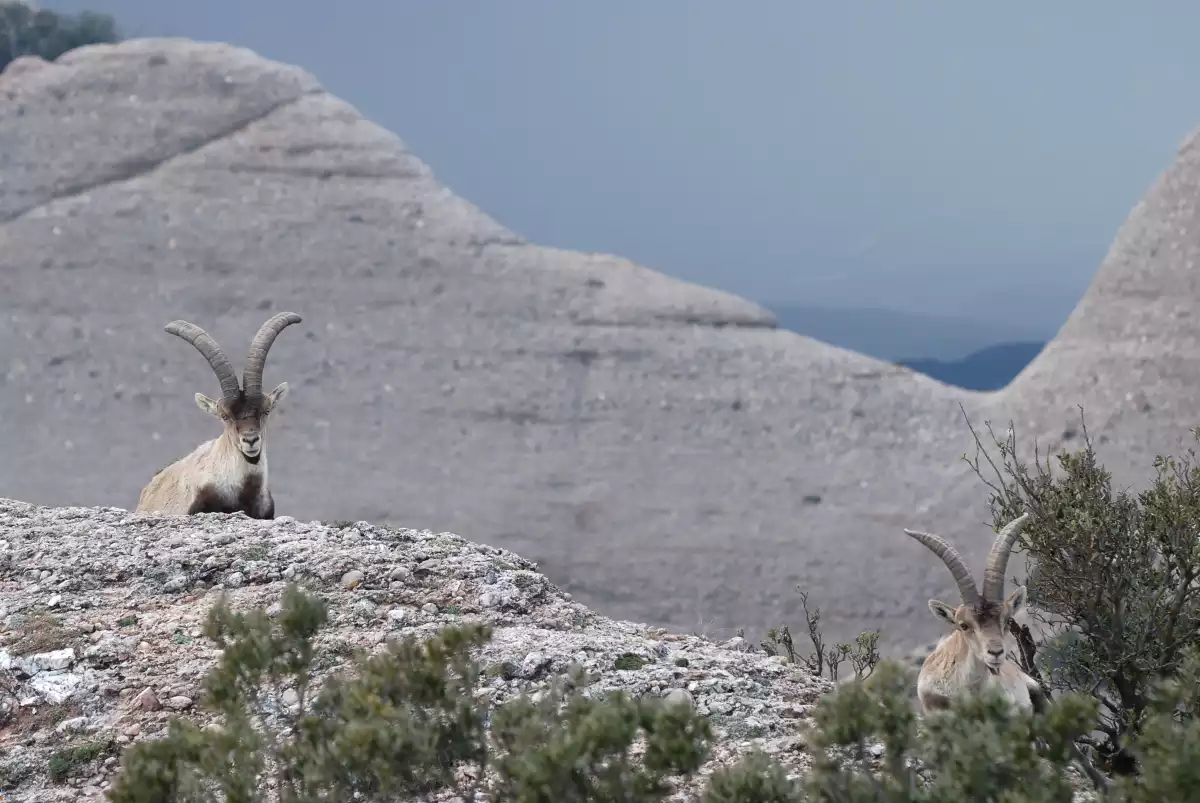
2. Pinta Island tortoise
Next on our extinct list, we have the Chelonoidis abingdonii, also known as the Pinta giant tortoise, Abingdon Island tortoise, or Abingdon Island giant tortoise which was a species of Galapagos tortoise native to Ecuador's Pinta Island. In 2012, the last specimen called Lonesome George passed away at the venerable age of 101.
The sole remaining Pinta Island tortoise did not die in vain, however, and shortly after, an international team of researchers set out to analyze the tortoises' DNA hoping to unlock the secret to the reptile's longevity.
The findings were monumental as they discovered tumor-suppressing genes, genes related to DNA repair, and genes that help fend off oxidative stress, which causes some age-related problems.
Although until recently there were fourteen different species of tortoises endemic to the Galapagos, currently only ten survive.
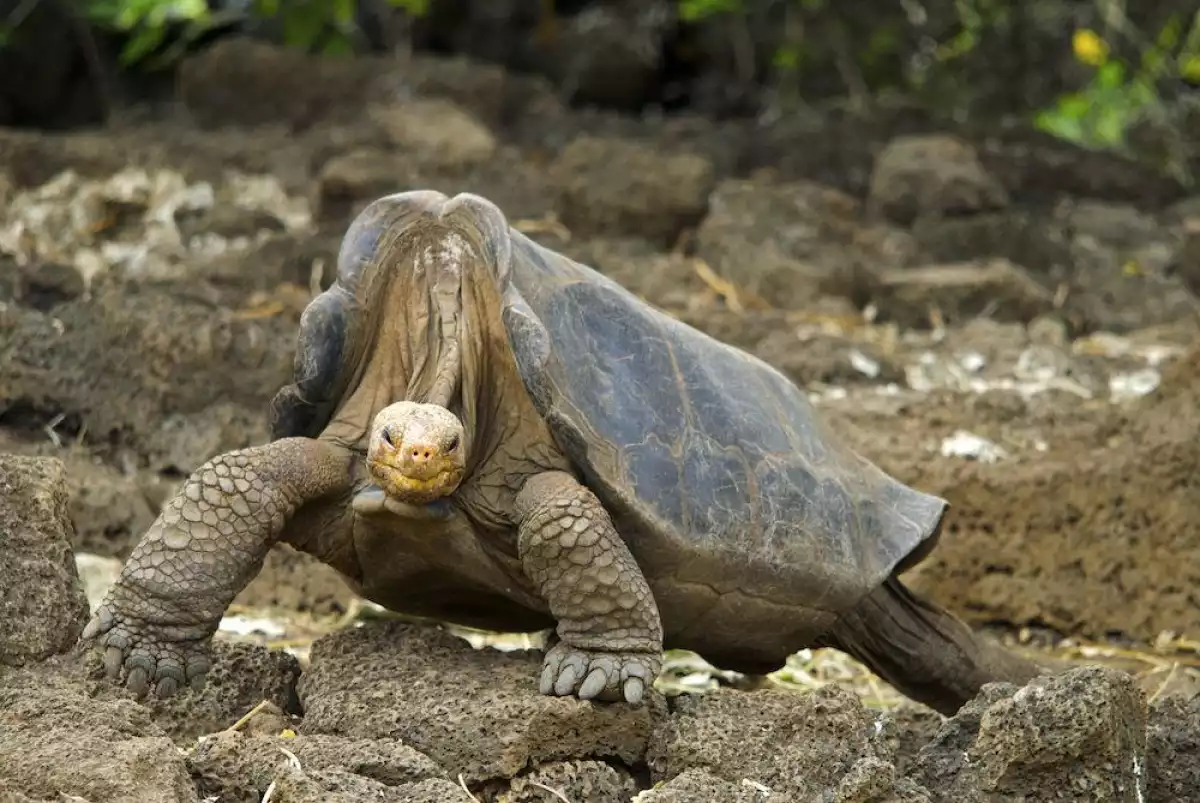
3. Baiji (Chinese river dolphin)
The Baiji dolphin, Lipotes vexillifer, is an extinct species of freshwater dolphin formerly found only in the Yangtze River in China. Dubbed "Goddess of the Yangtze" in China, the dolphin is also called Chinese river dolphin, Yangtze River dolphin, white fin dolphin, and Yangtze dolphin.
The cetacean was declared extinct in 2006, and this probably happened due to harmful fishing practices that indirectly harmed the dolphins - the use of gill nets, rolling hooks, electrical stunning, oil spilling, and increased marine traffic on the Yangtze river.
This represents the first global extinction of an odontocete that was caused by human activity.

4. Western black rhinoceros
The Western black rhinoceros, Diceros bicornis longipes, indigenous of Cameroon, was included on the list of extinct animals in 2011. The main reason for the extinction of this subspecies of the black rhino was a catastrophic combination of continued poaching - the rhino horn was believed to have medicinal properties, and lack of conservation.
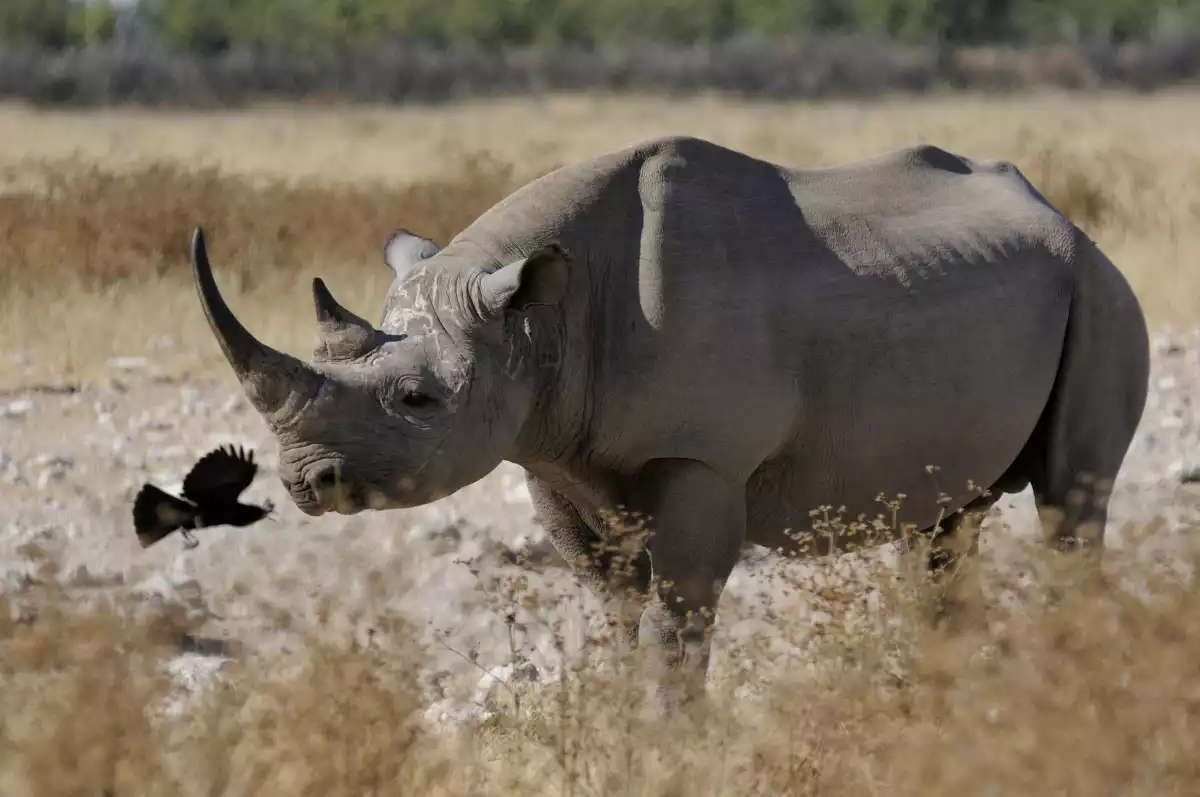
5. Bramble Cay melomys
The Bramble Cay melomys, or Bramble Cay mosaic-tailed rat, Melomys rubicola, was a rodent from the Muridae family, being related to the common rat and house mouse. This tiny mammal lived isolated on the sandy island of Bramble Cay, located at the northernmost point of land of Australia and close to New Guinea.
The disappearance of this small rodent has been documented between 2009 and 2016 and according to Ian Gynther from Queensland's Department of Environment and Heritage Protection "The key factor responsible for the extirpation of this population was almost certainly ocean inundation of the low-lying cay, (...) causing dramatic habitat loss and perhaps also direct mortality of individuals". This represents the first case in what specialists call a series of extinctions due to climate change brought about by human intervention.
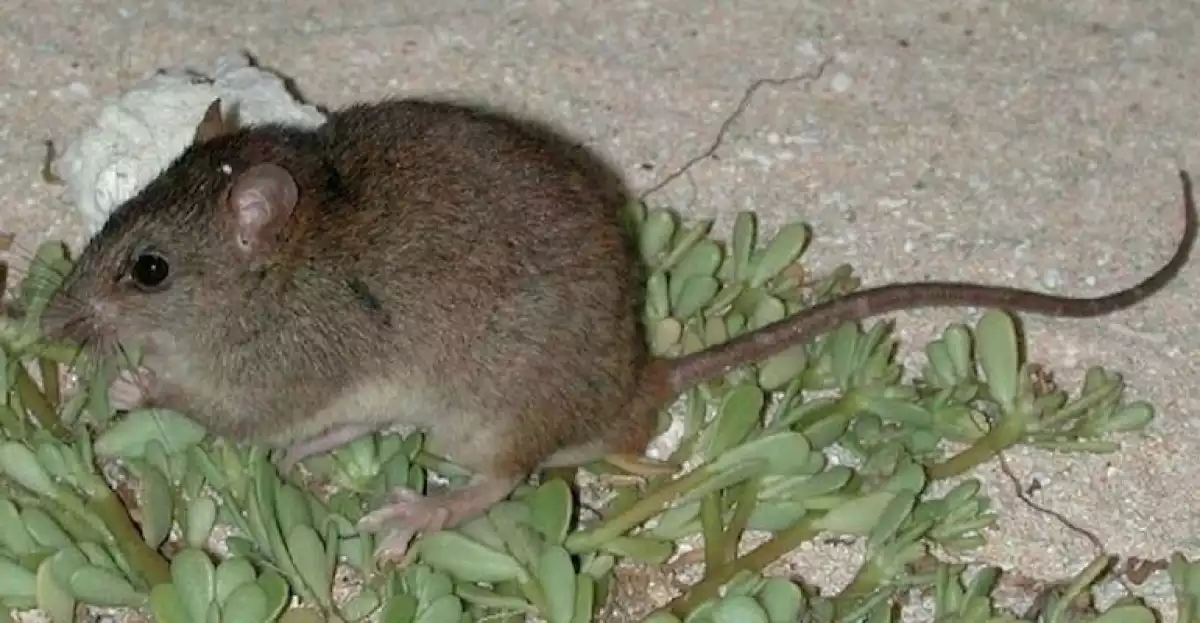
6. Golden Toad
The golden toad, Incilius periglenes, formerly Bufo periglenes, also called Montevideo toad was an endemic species from the tropical forests of Costa Rica which was discovered in 1966.
Ever since the year 1989, however, there hasn't been any sightings of this species, and severe climate changes that occurred around that era are supposedly responsible for the extinction of the golden toad - which was confirmed in 1994.
Controversy regarding the real cause of extinction surrounding this species has come to light due to the paper of Columbia University climate scientist Kevin Anchukaitis and paleoclimatologist Michael Evans of the University of Maryland, College Park that suggested El Niño caused an unusually severe dry season at about the time the golden toad was wiped out.
Their isotope method of analyzing the forests moisture cycle was disputed by J. Alan Pounds, a biologist at the Monteverde Cloud Forest Preserve who supported the theory "that climate change has caused greater day-to-day variations in precipitation at Monteverde, something the isotope method isn’t precise enough to measure."
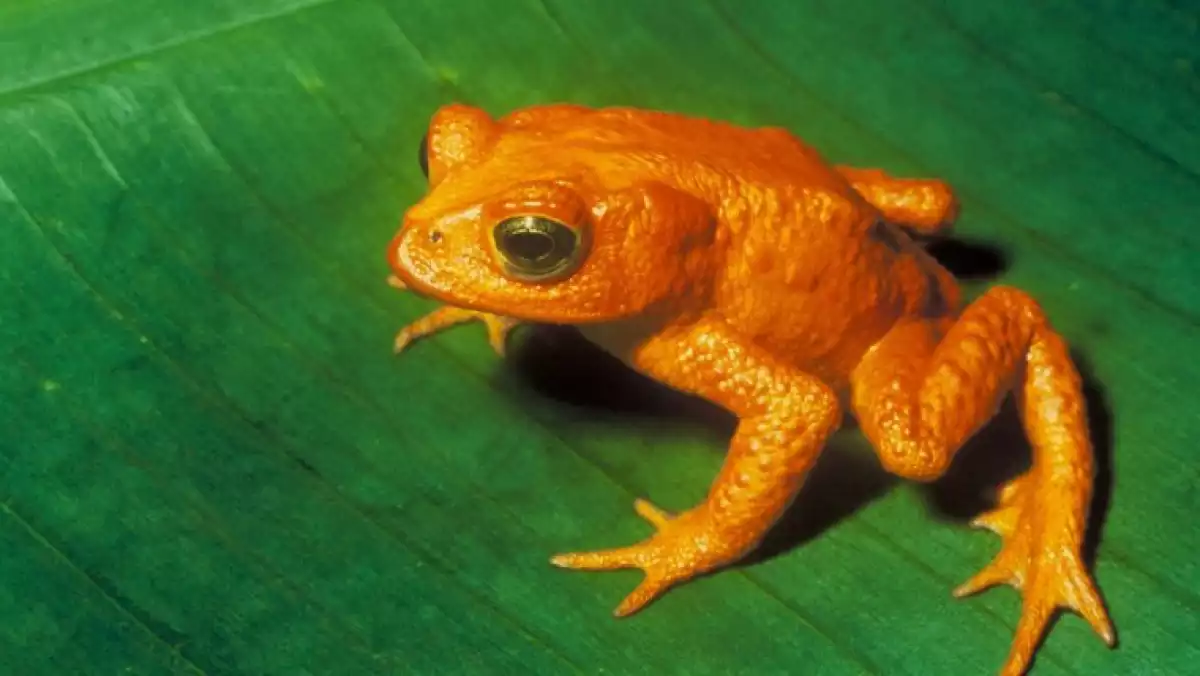
7. Caribbean monk seal
The Caribbean monk seal, West Indian seal or sea wolf, Neomonachus tropicalis, was a species of seal native to the Caribbean which was declared extinct in 1994. The only tropical seal on Earth was presumably driven to extinction by human activity - monk seals were hunted for their meat, skins, and because they were believed to intervene with the exploitation of fishing banks.
In 2014, a study was published, which supported the claim that a new seal genus was discovered after more than 100 years and that the monk seal was instrumental in this discovery.
According to a Smithsonian article relaying the results of the study "the Hawaiian and Caribbean species of seals are more closely related to each other than they are to the Mediterranean species. In other words, the former two are separated sisters, and the latter is their distant cousin. In fact, the Hawaiian and Caribbean species are so similar and as a group so distinct from the Mediterranean monk seals that the scientists determined a new genus was needed."
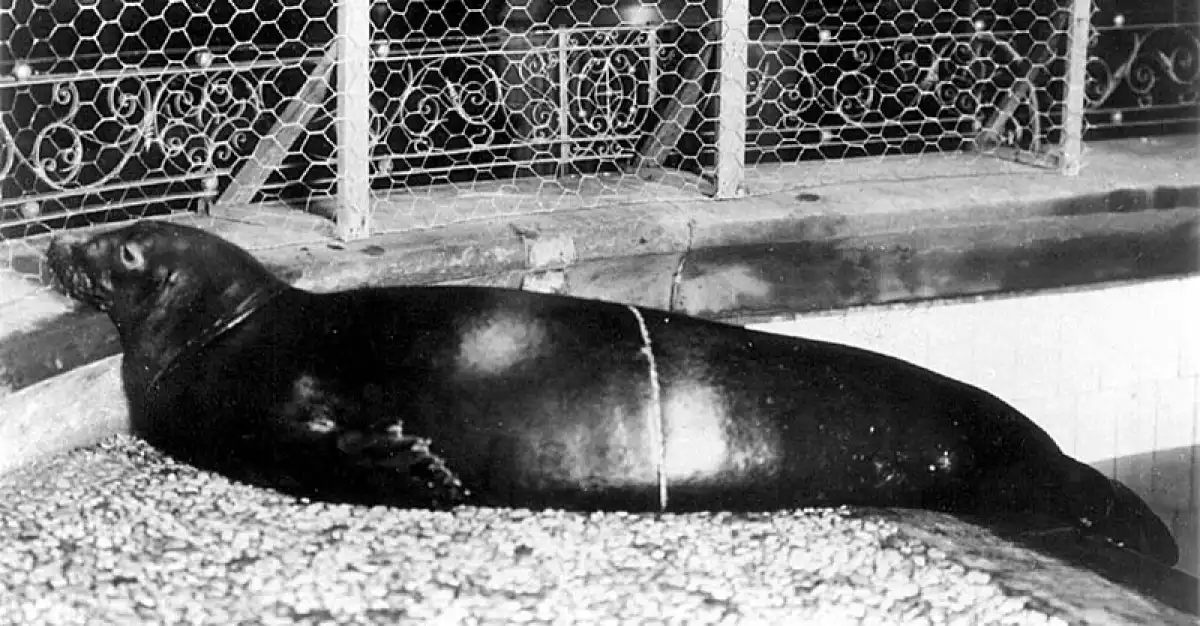
8. Saudi gazelle
The Saudi gazelle, Gazella saudiya, is an extinct species of gazelle once found in the Arabian peninsula. It was declared extinct in 2008 although it hadn't been seen since the 1980s. Scientists attribute its extinction to illegal hunting by humans in its native lands.
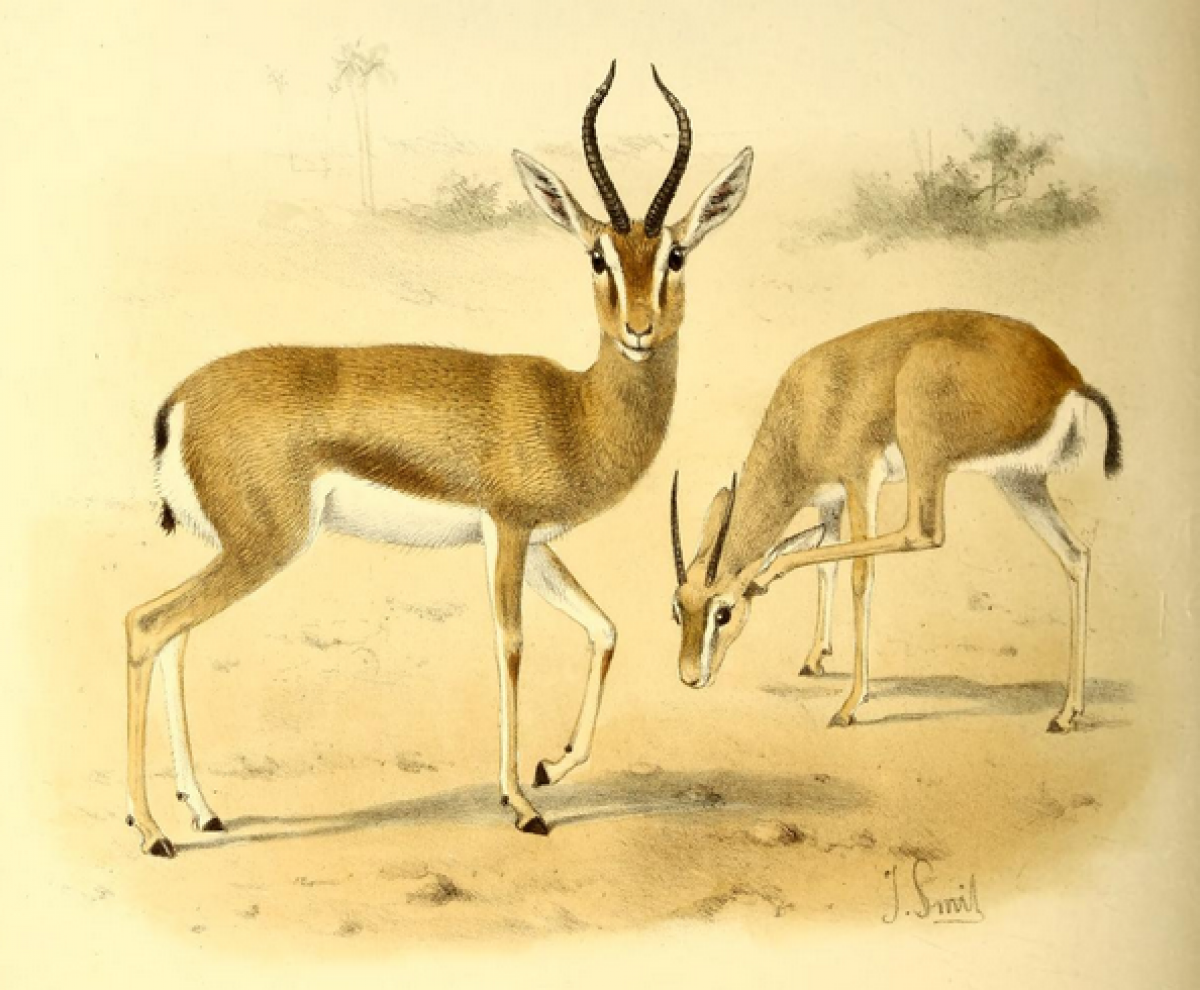
9. Guam flying fox
The Guam flying fox, Pteropus tokudae, also known as the little Marianas fruit bat, was a small megabat from Guam in the Marianas Islands in Micronesia that was confirmed extinct around the 1970s. It was first recorded in 1931 and was observed roosting with the larger and much more common Marianas flying fox. Aside from human intervention, like hunting and forest clearing, the Guam flying fox is also believed to have disappeared due to predation by brown tree snakes.
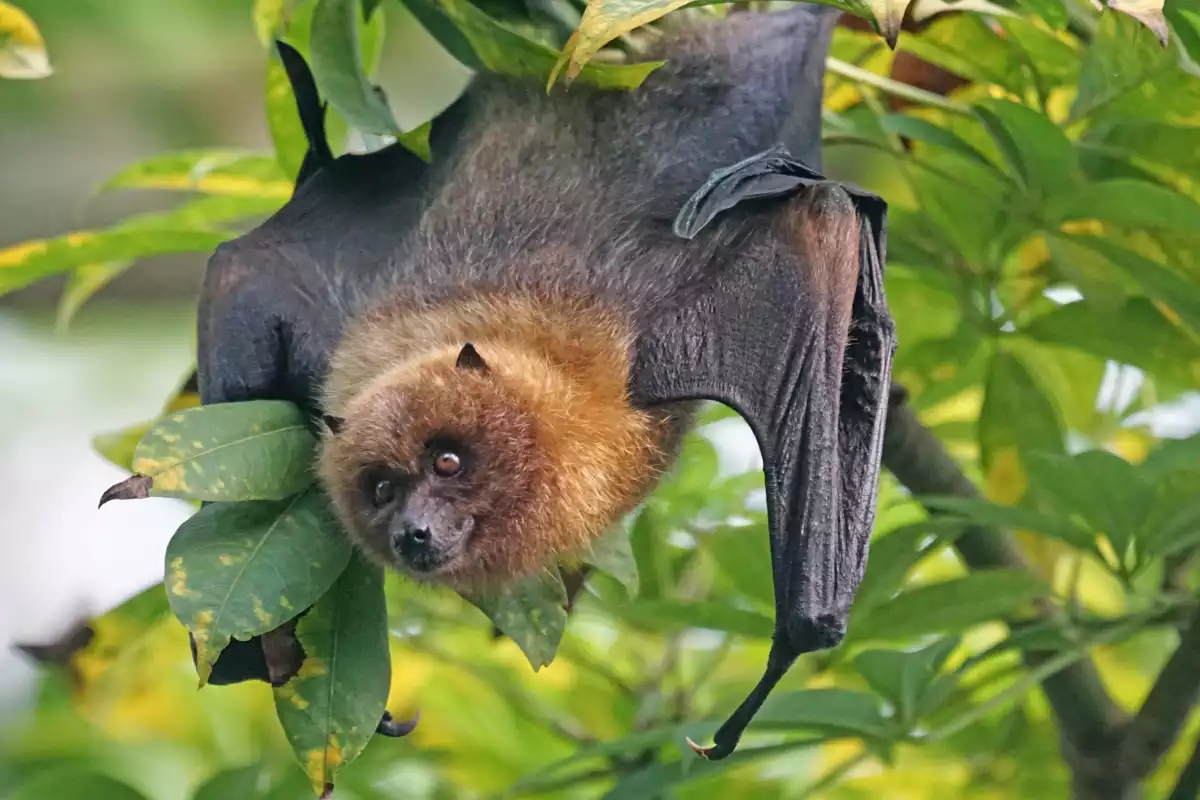
10. Tasmanian tiger
The Thylacine, Thylacinus cynocephalus, known as the Tasmanian tiger, was the largest known carnivorous marsupial mammal to live in modern times. It could grow to 1.8m long and had a stiff tail that was thick at the base, similar to a kangaroo’s, and it raised its young in a marsupial pouch.
The history surrounding the extinction of this animal is sad and as it is the case with most extinct species, closely related to human intervention. The last existing Tasmanian tiger in the wild was shot dead by a farmer in 1930 and the last specimen in captivity died of exposure in 1936, at a zoo in Hobart, Tasmania’s capital.
